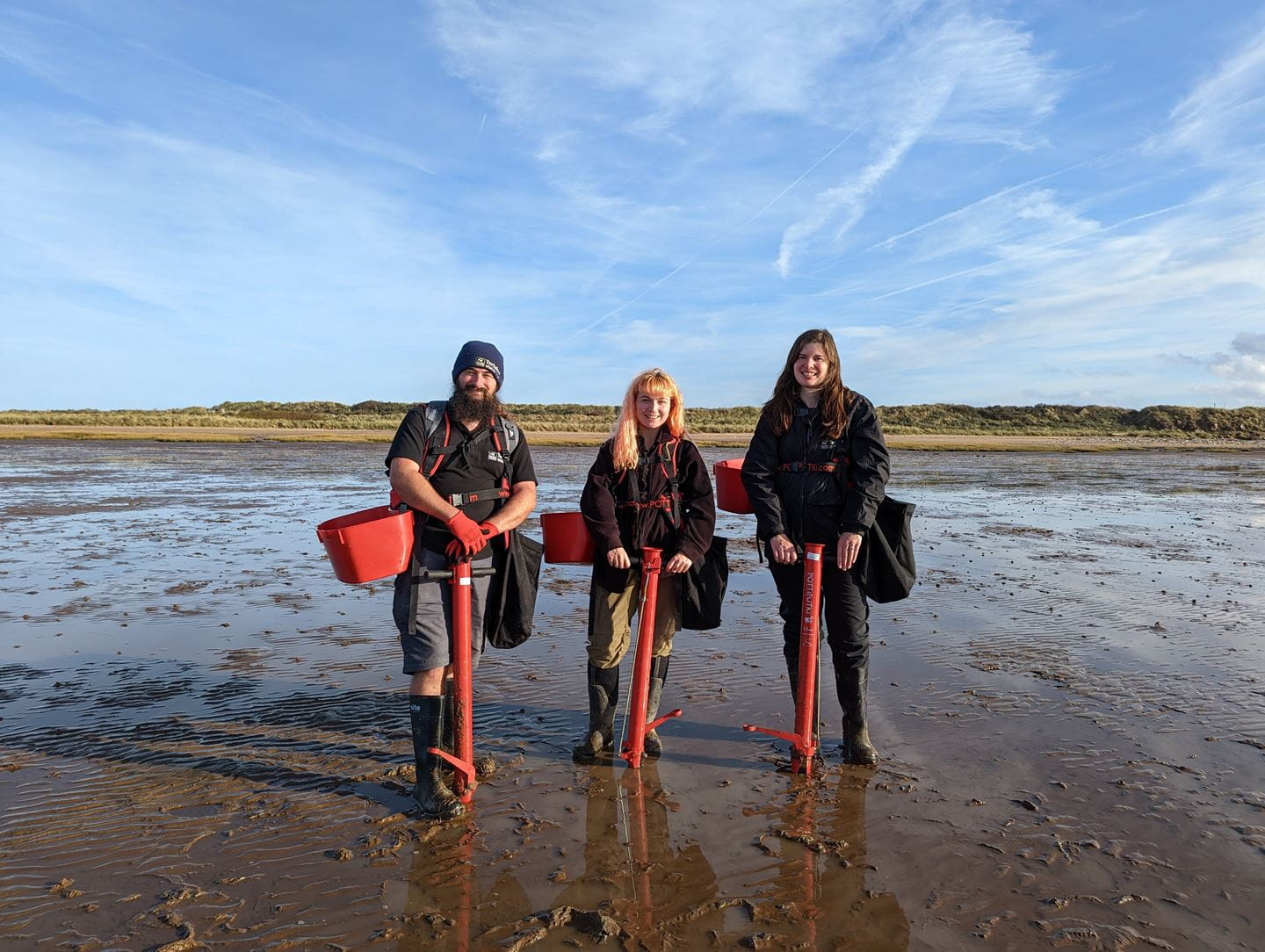
Proposal for Largest Seagrass Restoration Project in the UK and Europe focuses on the Humber Estuary


Seagrass is a valuable habitat for the marine food chain and able to sequester large amounts of carbon. This makes it one of our most important natural solutions to the climate crisis.
The Humber Seagrass Restoration focuses on Spurn Point and is funded by Orsted’s Hornsea Four - a proposed new offshore wind farm. The restoration of lost seagrass meadows would be a resilience measure for the offshore wind farm, providing potential new and improved nursery habitat for prey species that seabirds, specifically kittiwake, guillemot and razorbill depend on. As part of an initial phase, Yorkshire Wildlife Trust has been commissioned to collect and plant seagrass seed across a 9.8 acres pilot area which will be completed by early 2023. A second phase large-scale seagrass restoration of up to a further 74 acres has been designed. The intention is to implement it subject to the conditions of the development consent when secured.
If fully implemented the restoration programme could span the next seven years and would see specialists from Yorkshire Wildlife Trust sustainably collect seeds from areas of healthy seagrass, growing them in their seagrass nursery and replanting them in carefully selected restoration areas. The Trust will liaise closely with statutory agencies, eNGOs and local stakeholders during both project development and delivery, in addition to monitoring and evaluating the restoration project throughout, to assess and quantify a wide range of environmental benefits.
The Humber Estuary once supported vast seagrass meadows across both banks, with records of dwarf seagrass covering over 500 hectares at Spurn Point, and vast swathes from Grimsby to Cleethorpes. Due to industrialisation of the estuary, and subsequent decline in water quality, disease and coastal squeeze, the expansive beds deteriorated, almost completely, between the 1930s and 1980s.
The Humber Seagrass Restoration project provides the foundation for Orsted’s flagship Seascape Restoration Programme, which in collaboration with Yorkshire Wildlife Trust and Lincolnshire Wildlife Trust is working on a wider programme to restore nature around the Humber Estuary, including native oysters, saltmarsh and seagrass.
Orsted has set an industry-leading ambition that all new renewable energy projects it commissions from 2030, at the latest, should deliver a net-positive biodiversity impact.
Dr Sarah Randall, Environment Manager at Orsted, said: “Hornsea Project Four will be one of the world’s largest offshore wind farms, providing a significant source of low-carbon energy to UK homes and businesses. Throughout development of the offshore wind farm, we have been working alongside a range of stakeholders and the local community to ensure that the project is built sensitively and sustainably. We are delighted to be working with Yorkshire Wildlife Trust on this ambitious seagrass restoration project and hope that this will provide the foundation for future success and innovation.”
Yorkshire Wildlife Trust has been leading on seagrass conservation in the Humber since 2007, introducing protections for the remaining fragments of seagrass meadow, piloting and developing restoration techniques and expertise.
Dr James Wood, Fisheries and Research Manager for the North Sea Wildlife Trusts, said: “This pioneering project is a crucial step for seagrass in the Humber Estuary, and the wider marine environment, it’s an incredibly exciting partnership and could be the largest seagrass restoration project in the UK and Europe. Over time, we expect to see huge improvements to water quality, marine habitats, and related species within one of the most important conservation sites in the UK. Following a series of successful restoration trials, the time has come for bigger, bolder action on seagrass restoration”
Benj Sykes, Orsted's Head of UK Environment, Consents & External Affairs, added: “Climate change is one of the biggest threats to biodiversity globally, which is why the rapid shift away from fossil fuels to clean energy is so crucial. Offshore wind has a vital role to play in the global transition to green energy – but that must not come at the expense of marine biodiversity. We need to make sure offshore wind is part of the solution, not part of the problem, which is why we’re already actively working to test solutions to deliver on our net-positive ambition.”
Follow the Humber Seagrass Restoration project journey and find out more about seagrass restoration when our new Storymap is launched in the new year.